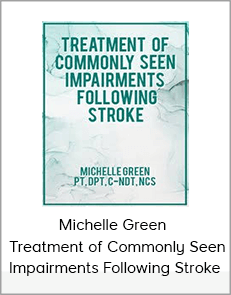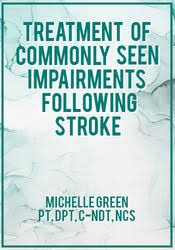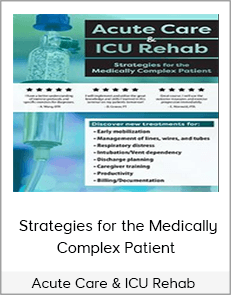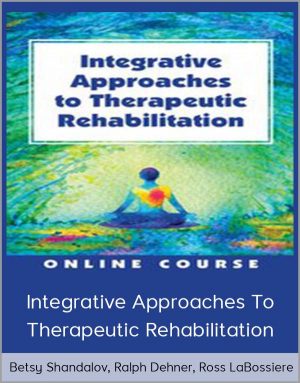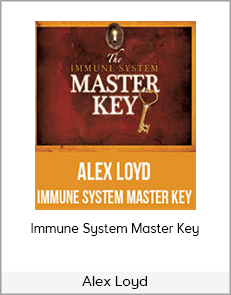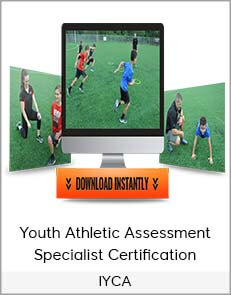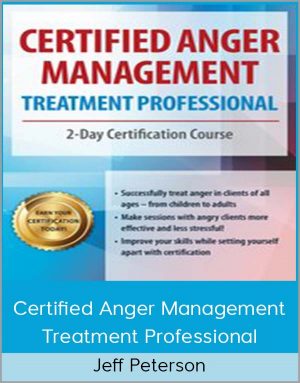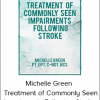Michelle Green – Treatment of Commonly Seen Impairments Following Stroke
$15.00$49.00 (-69%)
Stroke is the leading cause of disability in America. Therapists play a vital role in reducing or even eliminating disability caused by stroke
Michelle Green – Treatment of Commonly Seen Impairments Following Stroke
Check it out: Treatment of Commonly Seen Impairments Following Stroke – Michelle Green
Outline:
Upper limb Hemiplegic
Poor weight transfer from the front (retropulse)
Limited Gluteus Maximus / Medius Suite / Sustainable contracts
Limited set of quadriceps / stable contracts
Limited proximal postural control
Ineffective lateral weight shifts
Description:
Stroke is the leading cause of disability in America. Therapists play a vital role in reducing or even eliminating disability caused by stroke. However, there is increasing pressure on therapists to achieve better results in a shorter period of time, often with less staff support. The results are General treatment plans, the traditional purpose of therapeutic back exercises, and the range of movement or group activities. All this does not eliminate the disorders that prevent the patient from achieving success in life.
To reduce disability, therapists should be able to improve functional mobility in everyday life, such as moving, walking, dressing, and bathing, through better assessment and treatment planning. For maximum recovery in stroke patients, you should be able to pinpoint the specific disorders of each patient that limit function. Based on this, you can develop accurate, individual treatment plans that prioritize disorders and reduce disability quickly and effectively.
In this time series, you will expand your intervention “Toolkit” by learning how to create effective treatments that directly reduce functional limitations for stroke patients at any level, from emergency care to re-entering the community. This is achieved without expensive hardware, time-consuming protocols, or time-consuming methods. Normal movement requirements are being reviewed to better prepare you for effective and accurate detection of disorders that cause dysfunction.
Therapeutic interventions are developed on the basis of motor control and learning principles aimed at integrating cognition, motor abilities and the environment for maximum transfer to the performance of functional tasks. An extensive overview of treatment methods to reduce common disorders is performed by viewing exercises (you can do this at home or in the clinic!), Demonstrations, and video analysis.
